

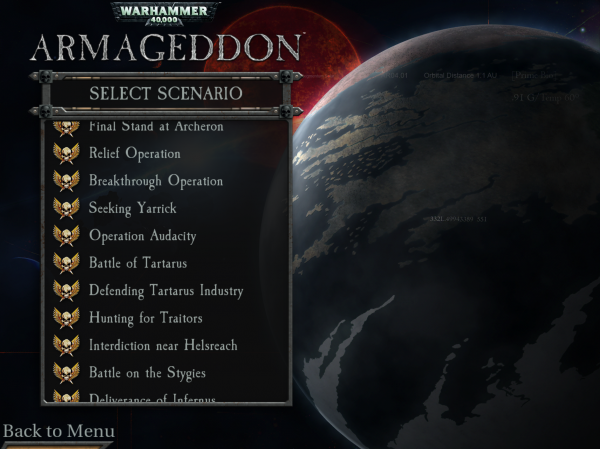
[Not sure if you want to take on the Orks? Have a look at our Warhammer 40,000: Armageddon review.]
Warhammer 40,000: Armageddon is a super deep strategy game that can be quite a lot to take in. Here's how to make sure you're combat ready when playing.
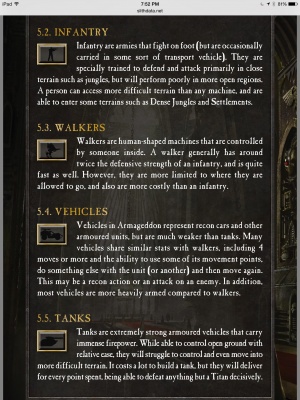
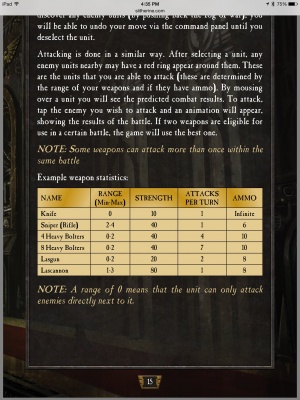
Warhammer 40,000 is a complicated universe, and Slitherine has a keen eye for detail when it comes to capturing the intricacies of the lore. The only problem with this is that the information isn't exactly surfaced in the best way. That being said, there's a button on the main menu that links to the game manual, which provides a lot of additional information. Although it doesn't quite have everything you need to know in it, it's definitely the best place to start.
While the manual can provide a lot of good base information, there's even more to Armageddon that the manual (and the game in general) isn't 100% clear about. Here's a breakdown of what some of the less clear squad attributes mean:
Max Number: refers to the number of units in a squad. While seemingly self explanatory, this stat is important because each individual unit in a squad fires their weapon, making Max Number maintenance pretty important.
Initiative: Even though combat in Armageddon has units clash more or less in real-time, initiative determines if a unit can get a slight advantage by firing just ahead of their enemy, making them able to take out some units before receiving returning fire. Here are the general rules regarding initiative:
Morale: When squads attack or get attacked, they lose morale. Morale can be in one of four states: good, normal, low, or broken. Staying in good or normal morale is best because it can grant bonuses or at least allow squads to perform as intended, while low and broken states come with penalties.
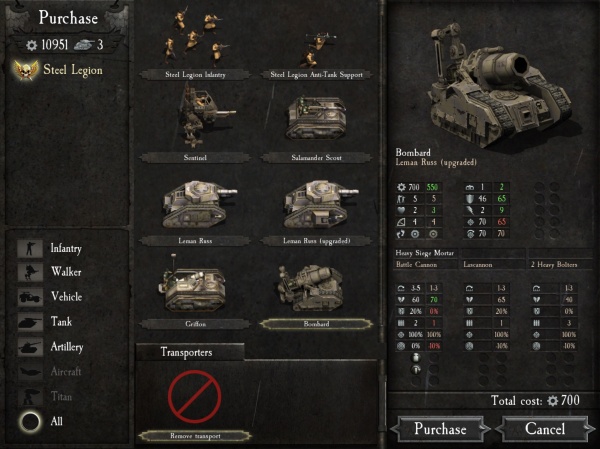
One thing that makes Armageddon as deeply strategic as it is is the ability for players to completely control the growth and development of their army and units. That being said, be careful about what you're sinking money into and using. Having one of each unit currently available has its perks, but working with a smaller army amplifies the perks of leveling-up units. This can allow for players that remain careful and vigilant to develop a lean, mean fighting force while still having coin available to get some big guns down the road.

Putting squads in the right place is the primary way to succeed in Armageddon. Not only does quality placement allow for cover, but certain types of terrain change units' line of sight, mobility, and more. Also, many units in Armageddon have multiple weapons, and getting in range so that a unit can use its entire arsenal will deal more damage than staying too far out of range for some weapons.
In addition to base stats, some units have special traits that make them distinct from others. Combining units based on stats and individual traits is the key to making an army that works well together.
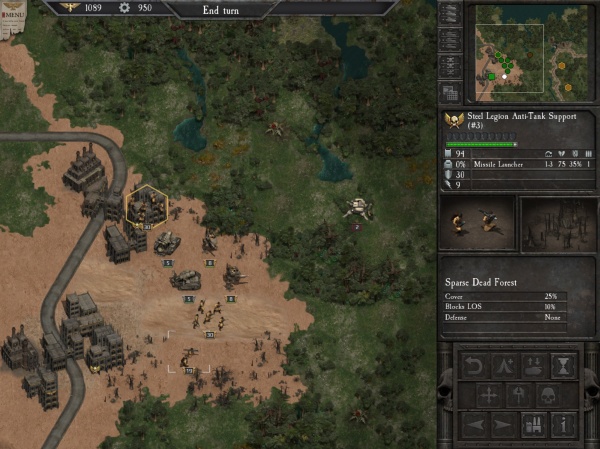
In Armageddon, players will get the opportunity to play as one of three factions: the Imperium, the Orks, and the Space Marines. Although the guide gives some good lore distinctions between these factions, there's not a ton of information on their distinct play styles.
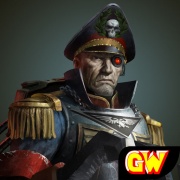
Warhammer 40,000: Armageddon
iPad App - Designed for iPad
Released: 2015-06-19 :: Category: Game





 Math Academy Table of 5 Answers
Math Academy Table of 5 Answers Genius Quiz Answers All Questions
Genius Quiz Answers All Questions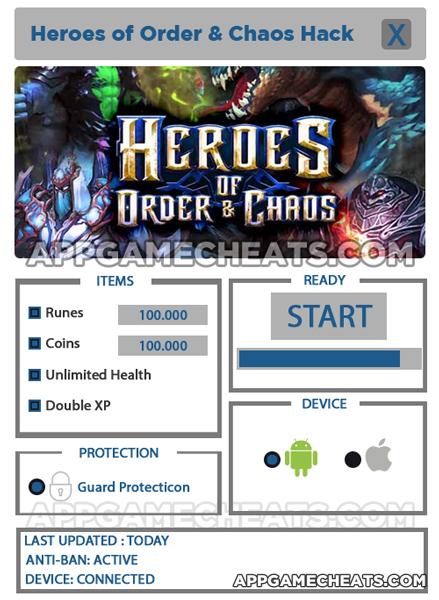 Heroes of Order & Chaos Hack for Runes, Coins, Double XP, and Unlimited Health - AppGameCheats.com
Heroes of Order & Chaos Hack for Runes, Coins, Double XP, and Unlimited Health - AppGameCheats.com 100 Pics N is for… Pack Levels 1-100 Answers
100 Pics N is for… Pack Levels 1-100 Answers Guess The Song 4 Pics 1 Song Answers All Levels
Guess The Song 4 Pics 1 Song Answers All Levels